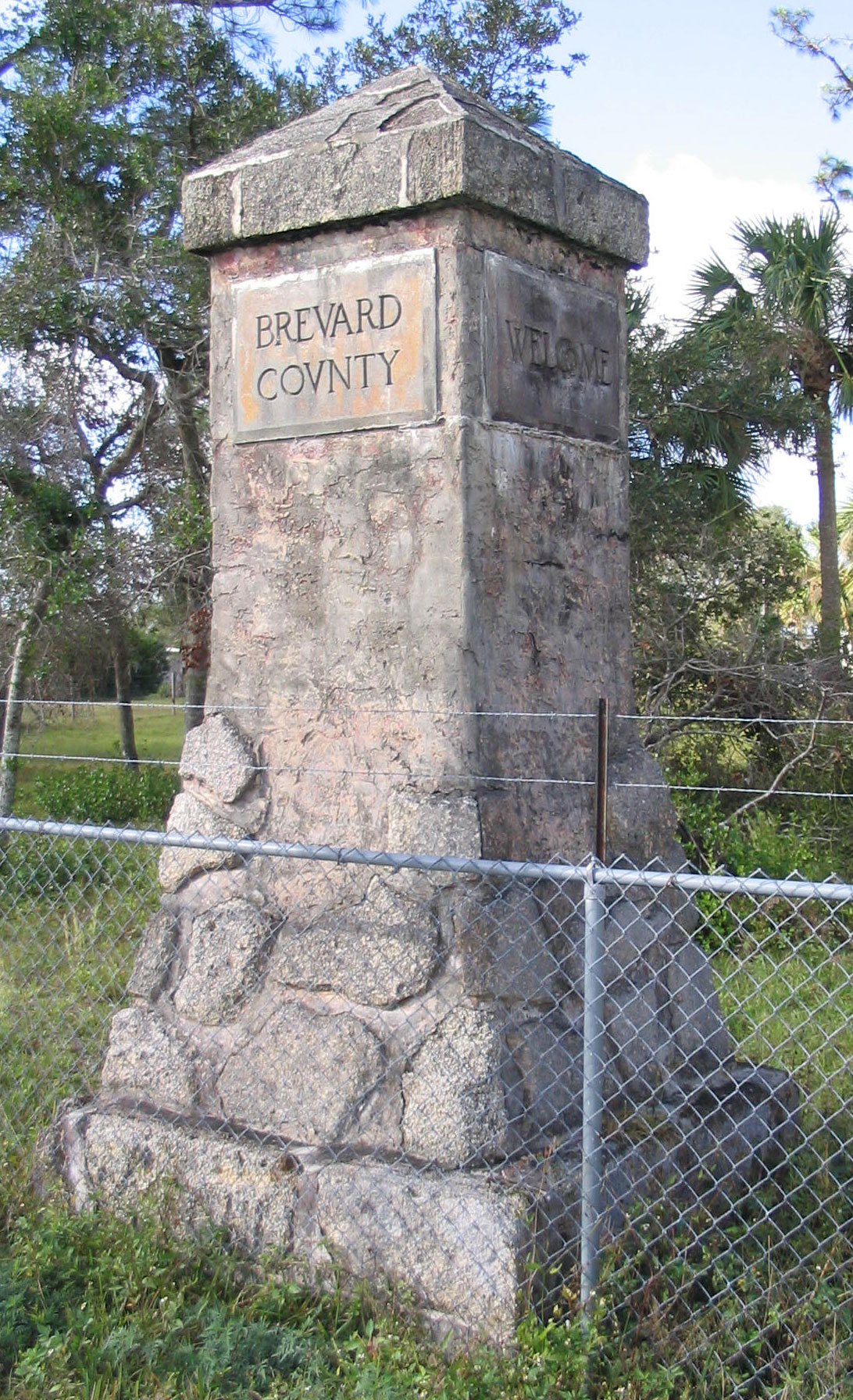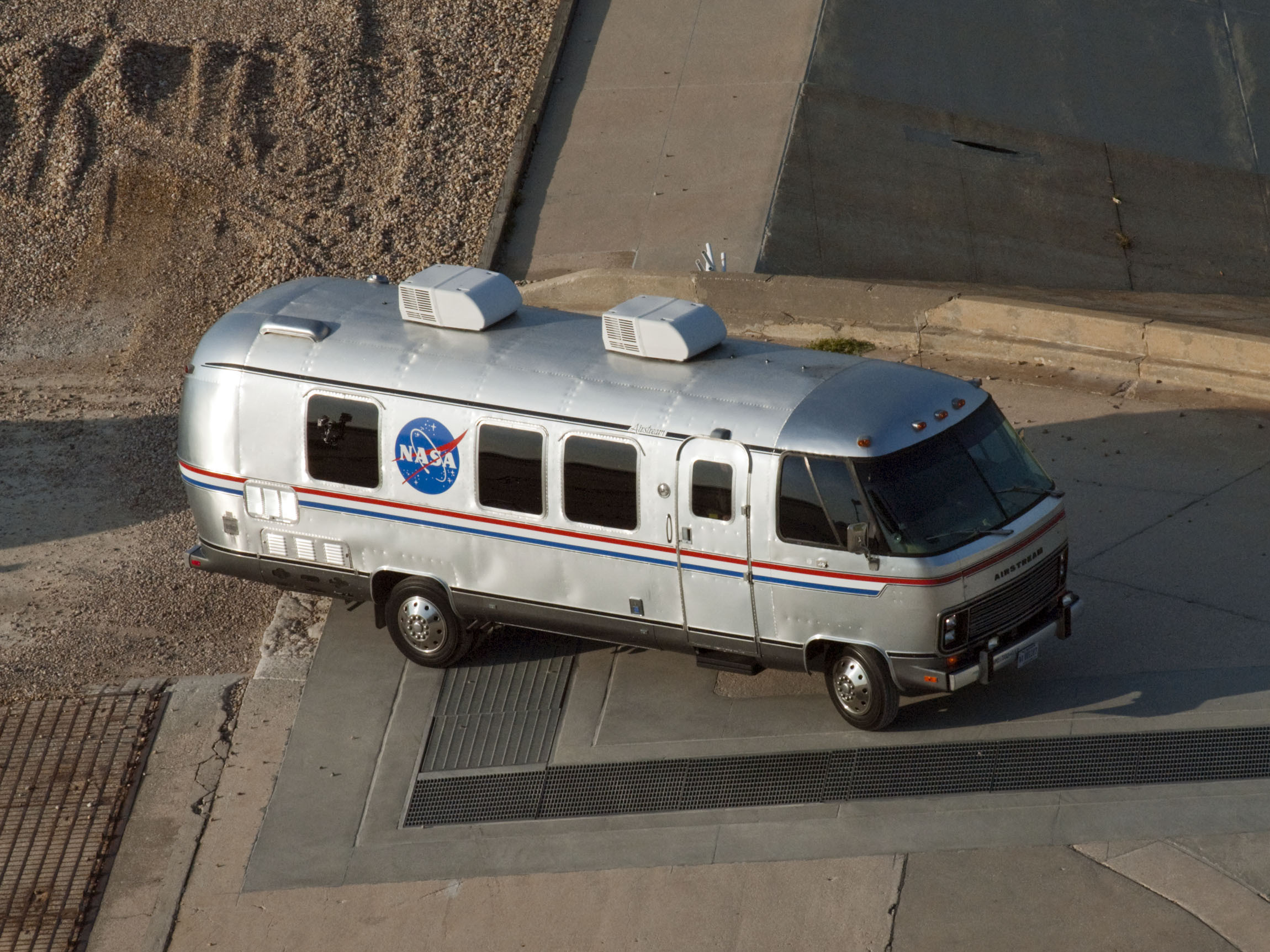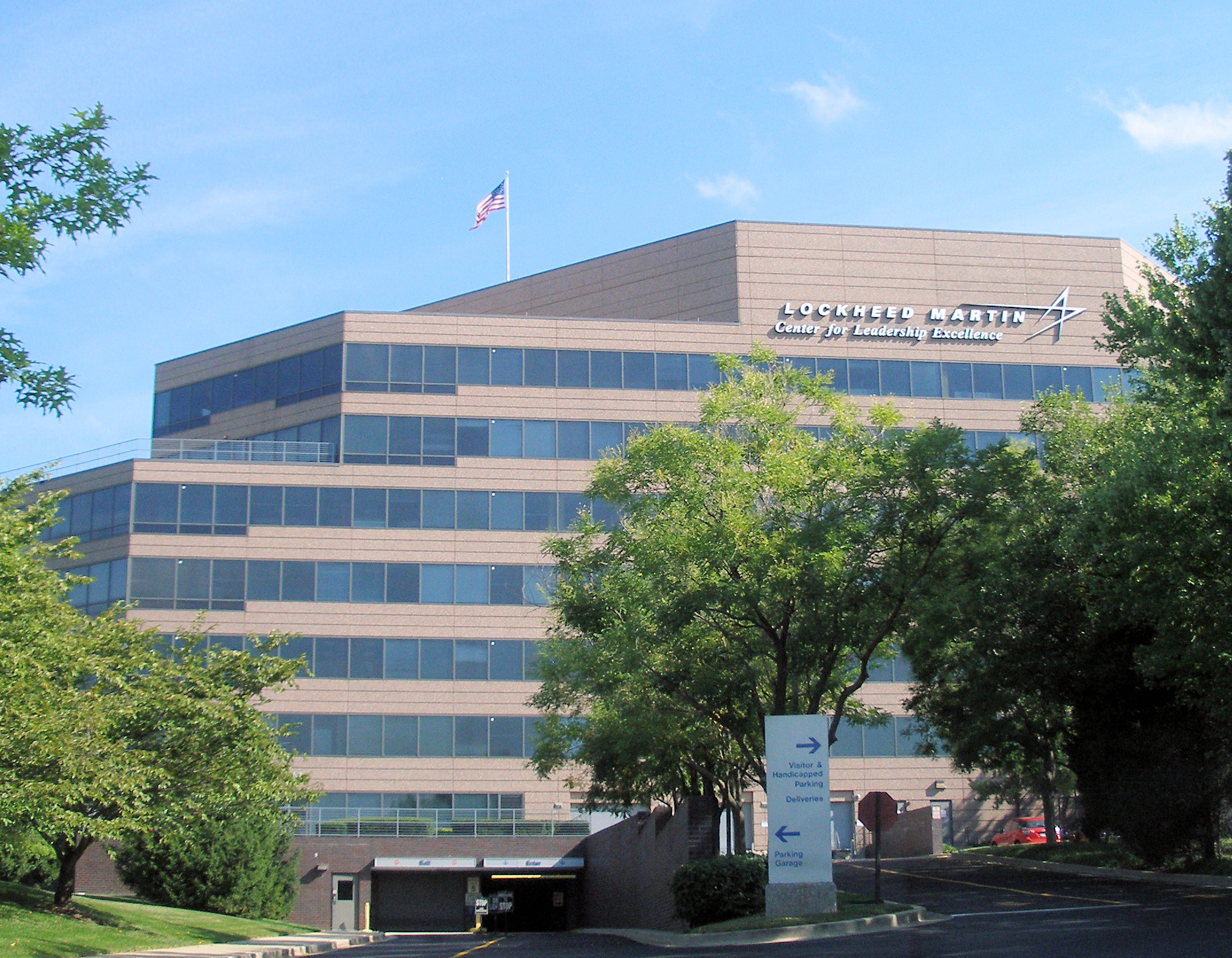|
Operations And Checkout Building
The Neil Armstrong Operations and Checkout Building (O&C) (previously known as the Manned Spacecraft Operations Building) is a historic building on Merritt Island, Florida, United States. The five-story structure is in the Industrial Area of NASA's Kennedy Space Center. Its has twin-block facilities that include the crew quarter dormitories for astronauts, suit-up preparations prior to their flights, and the other is a large spacecraft workshop used for manufacturing and checking activities on crewed spacecraft. On January 21, 2000, it was added to the U.S. National Register of Historic Places. Apollo program During planning and construction, it was known as the Operations and Checkout Building. When it was finished in 1964, it was renamed the Manned Spacecraft Operations Building and was used to process spacecraft in the Gemini and Apollo era. It was reverted back to the Operations and Checkout Building during the Shuttle program, known informally as the O&C. Altitude test c ... [...More Info...] [...Related Items...] OR: [Wikipedia] [Google] [Baidu] |
Brevard County, Florida
Brevard County ( ) is a county in the U.S. state of Florida. It is on the Atlantic coast of eastern Central Florida. As of the 2020 census, the population was 606,612, making it the 10th-most populated county in Florida. The official county seat is located in Titusville. A secondary center of county administration, including a circuit courthouse, was built in 1989 in the planned community of Viera, Florida, the geographic center of the county. History The first Paleoindians arrived in the area near Brevard county between 12,000 and 10,000 years ago. Before the arrival of non- indigenous settlers in the 16th century, the area was inhabited by Native Americans. The county is the site of the Windover Archeological Site, which contained evidence of habitation over 7,000 years ago. Brevard County was established in 1855 and is named after Theodore Washington Brevard, an early Florida settler and state comptroller. The county's boundaries were changed and reduced numerous ... [...More Info...] [...Related Items...] OR: [Wikipedia] [Google] [Baidu] |
Apollo 1
Apollo 1, initially designated AS-204, was planned to be the first crewed mission of the Apollo program, the American undertaking to land the first man on the Moon. It was planned to launch on February 21, 1967, as the first low Earth orbital test of the Apollo command and service module. The mission never flew; a cabin fire during a launch rehearsal test at Cape Canaveral Air Force Station Launch Complex 34, Cape Kennedy Air Force Station Launch Complex 34 on January 27 killed all three crew members—Command Pilot Gus Grissom, Senior Pilot Ed White (astronaut), Ed White, and Pilot Roger B. Chaffee—and destroyed the command module (CM). The name Apollo 1, chosen by the crew, was made official by NASA in their honor after the fire. Immediately after the fire, NASA convened an Accident Review Board to determine the cause of the fire, and both chambers of the United States Congress conducted their own United States congressional hearing, committee inquiries to oversee NASA's in ... [...More Info...] [...Related Items...] OR: [Wikipedia] [Google] [Baidu] |
Astronaut Transfer Van
The astronaut transfer van, known as the Astrovan during the Space Shuttle era, was a NASA vehicle used at the Kennedy Space Center to transport astronauts from the Operations and Checkout Building to the launch pad before a mission and for launch dress rehearsals, and back to the Operations and Checkout Building following a shuttle landing. According to driver Ronnie King, the early shuttle astronauts liked the history-filled vehicle, even if it was somewhat old, and even argued against upgrading the vehicle. "We were staged to get a new one," King said, and added that word came that the rookie astronauts wanted to keep the vehicle that was a tradition of the astronauts who traveled those nine miles to the pad before them. During the twenty-minute drive to the Kennedy Space Center Launch Complex 39, launch pad for shuttle launches, the Astrovan usually stopped at least once along the way. An astronaut rode with the crew and was let off near the Vehicle Assembly Building to board ... [...More Info...] [...Related Items...] OR: [Wikipedia] [Google] [Baidu] |
Artemis 2
Artemis II is a planned mission under the NASA-led Artemis program, set to be the second launch of the Space Launch System (SLS) rocket and the first crewed flight of the Orion (spacecraft), Orion spacecraft. Scheduled to launch in early 2026, the mission will carry four astronauts on a free-return trajectory around the Moon and back to Earth. It will be the first crewed mission to venture beyond low Earth orbit and travel to the Moon since Apollo 17 in 1972. Initially designated as Exploration Mission-2 (EM-2), the mission was originally planned to retrieve samples from a captured asteroid as part of the now-canceled Asteroid Redirect Mission. It was later renamed following the establishment of the Artemis program. History Mission planning and launcher selection (2017–2021) In 2017, Exploration Mission-2 was a projected single-launch mission of a Space Launch System (SLS) Block 1B rocket with an Exploration Upper Stage, lunar Block 1 Orion spacecraft, and a payload i ... [...More Info...] [...Related Items...] OR: [Wikipedia] [Google] [Baidu] |
Multi-Payload Processing Facility
The Multi-Payload Processing Facility (MPPF) is a facility at Kennedy Space Center constructed by NASA in either 1994 or 1995 and used for spacecraft and payload processing. Prior to being assigned the role of processing the Orion spacecraft, the MPPF was used to process solely non-hazardous payloads. Layout The interior of the primary MPPF building is divided into a low bay, high bay, and equipment airlock. The high bay is certified for the processing of hazardous materials such as high-pressure gasses, hypergolic propellant, ammonia, oxygen, and fluorocarbons. It has a usable floor space of with a ceiling height of . It is equipped with an bridge crane with a hook height of and a vertical door. The low bay has a usable floor space of with a ceiling height of . Both the high bay and low bay are class 100,000 cleanrooms. The airlock has a usable floor space of with a ceiling height of and is a class 300,000 cleanroom. It is equipped with a door. Usage After its ... [...More Info...] [...Related Items...] OR: [Wikipedia] [Google] [Baidu] |
Artemis 1
Artemis I, formerly Exploration Mission-1 (EM-1), was an uncrewed Moon-orbiting mission that was launched in November 2022. As the first major spaceflight of NASA's Artemis program, Artemis I marked the agency's return to lunar exploration after the conclusion of the Apollo program five decades earlier. It was the first integrated flight test of the Orion spacecraft and Space Launch System (SLS) rocket, and its main objective was to test the Orion spacecraft, especially its heat shield, in preparation for subsequent Artemis missions. These missions seek to reestablish a human presence on the Moon and demonstrate technologies and business approaches needed for future scientific studies, including exploration of Mars. The Orion spacecraft for Artemis I was stacked on October 20, 2021, and on August 17, 2022, the fully stacked vehicle was rolled out for launch after a series of delays caused by difficulties in pre-flight testing. The first two launch attempts were canceled due ... [...More Info...] [...Related Items...] OR: [Wikipedia] [Google] [Baidu] |
Orion (spacecraft)
Orion (Orion Multi-Purpose Crew Vehicle or Orion MPCV) is a partially reusable crewed spacecraft used in NASA's Artemis program. The spacecraft consists of a Crew Module (CM) space capsule designed by Lockheed Martin that is paired with a European Service Module (ESM) manufactured by Airbus Defence and Space. Capable of supporting a crew of four beyond low Earth orbit, Orion can last up to 21 days undocked and up to six months docked. It is equipped with solar panels, an automated docking system, and glass cockpit interfaces. Orion is launched atop a Space Launch System (SLS) rocket, with a tower launch escape system. Orion was conceived in the early 2000s by Lockheed Martin as a proposal for the Crew Exploration Vehicle (CEV) to be used in NASA's Constellation program and was selected by NASA in 2006. Following the cancellation of the Constellation program in 2010, Orion was extensively redesigned for use in NASA's Journey to Mars initiative; later named Moon to Mars. ... [...More Info...] [...Related Items...] OR: [Wikipedia] [Google] [Baidu] |
Lockheed Martin
The Lockheed Martin Corporation is an American Arms industry, defense and aerospace manufacturer with worldwide interests. It was formed by the merger of Lockheed Corporation with Martin Marietta on March 15, 1995. It is headquartered in North Bethesda, Maryland, United States. As of January 2022, Lockheed Martin employs approximately 121,000 employees worldwide, including about 60,000 engineers and scientists. Reports from 2024 estimate that Lockheed Martin Corporation (LMT) holds a market cap of around $139.7 billion. Lockheed Martin is one of the largest companies in the aerospace, military support, security, and technologies industry. It was the world's largest defense contractor by revenue for fiscal year 2014.POC Top 20 Defence Contractors of 2014 . Retrieved: July 2015 ... [...More Info...] [...Related Items...] OR: [Wikipedia] [Google] [Baidu] |
Orion (Constellation Program)
Orion (Orion Multi-Purpose Crew Vehicle or Orion MPCV) is a partially reusable crewed spacecraft used in NASA's Artemis program. The spacecraft consists of a Crew Module (CM) space capsule designed by Lockheed Martin that is paired with a European Service Module (ESM) manufactured by Airbus Defence and Space. Capable of supporting a crew of four beyond low Earth orbit, Orion can last up to 21 days undocked and up to six months docked. It is equipped with solar panels, an automated docking system, and glass cockpit interfaces. Orion is launched atop a Space Launch System (SLS) rocket, with a tower launch escape system. Orion was conceived in the early 2000s by Lockheed Martin as a proposal for the Crew Exploration Vehicle (CEV) to be used in NASA's Constellation program and was selected by NASA in 2006. Following the cancellation of the Constellation program in 2010, Orion was extensively redesigned for use in NASA's Journey to Mars initiative; later named Moon to Mars. The S ... [...More Info...] [...Related Items...] OR: [Wikipedia] [Google] [Baidu] |
Constellation Program
The Constellation program (abbreviated CxP) was a crewed spaceflight program developed by NASA, the space agency of the United States, from 2005 to 2009. The major goals of the program were "completion of the International Space Station" and a "return to the Moon no later than 2020" with a crewed flight to the planet Mars as the ultimate goal. The program's logo reflected the three stages of the program: the Earth (ISS), the Moon, and finally Mars—while the Mars goal also found expression in the name given to the program's booster rockets: Ares V, Ares (the Greek equivalent of the Roman god Mars (mythology), Mars). The technological aims of the program included the regaining of significant astronaut experience beyond low Earth orbit and the development of technologies necessary to enable sustained human presence on other planetary bodies. Constellation began in response to the goals laid out in the Vision for Space Exploration under NASA Administrator Sean O'Keefe and President ... [...More Info...] [...Related Items...] OR: [Wikipedia] [Google] [Baidu] |
Manufacturing Of The International Space Station
The project to create the International Space Station required the utilization and/or construction of new and existing manufacturing facilities around the world, mostly in the United States and Europe. The agencies overseeing the manufacturing involved NASA, Roscosmos, the European Space Agency, JAXA, and the Canadian Space Agency. Hundreds of contractors working for the five space agencies were assigned the task of fabricating the modules, trusses, experiments and other hardware elements for the station. The fact that the project involved the co-operation of sixteen countries working together created engineering challenges that had to be overcome: most notably the differences in language, culture and politics, but also engineering processes, management, measuring standards and communication; to ensure that all elements connect together and function according to plan. The ISS agreement program also called for the station components to be made highly durable and versatile — as it ... [...More Info...] [...Related Items...] OR: [Wikipedia] [Google] [Baidu] |
International Space Station
The International Space Station (ISS) is a large space station that was Assembly of the International Space Station, assembled and is maintained in low Earth orbit by a collaboration of five space agencies and their contractors: NASA (United States), Roscosmos (Russia), European Space Agency, ESA (Europe), JAXA (Japan), and Canadian Space Agency, CSA (Canada). As the largest space station ever constructed, it primarily serves as a platform for conducting scientific experiments in microgravity and studying the space environment. The station is divided into two main sections: the Russian Orbital Segment (ROS), developed by Roscosmos, and the US Orbital Segment (USOS), built by NASA, ESA, JAXA, and CSA. A striking feature of the ISS is the Integrated Truss Structure, which connect the station’s vast system of solar panels and Spacecraft thermal control, radiators to its pressurized modules. These modules support diverse functions, including scientific research, crew habitation, ... [...More Info...] [...Related Items...] OR: [Wikipedia] [Google] [Baidu] |










